Authorities reported a wildfire in Northern California more than quadrupled in size from Friday to Saturday, producing a large cloud of smoke and ash that generated its own lightning and caused hazardous weather conditions for firefighters when paired with the dry heat.
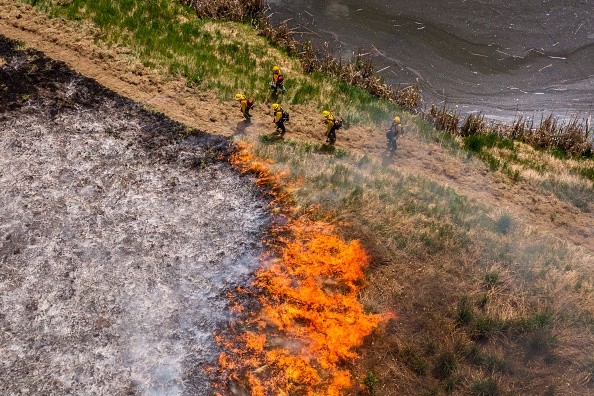
Sugar Fire
The Sugar fire, which started on July 2, had grown to 54,421 acres and was just 8% controlled as of Saturday morning. The fire, which has grown to become the state's biggest of the season, was one of two started by lightning in the Plumas National Forest and named the Beckwourth Complex fires.
The Dotta fire, which erupted on June 30 and was 670 acres and 80 percent controlled by early Saturday, was the other.
Sugar fire, fueled by a midweek heat wave that was worsened by the already hot, dry conditions, made a massive run on Friday. The evacuations in Washoe County were lifted on Saturday, but locals were warned to be cautious. Officials estimated about 2,800 people were still under evacuation orders or advisories.
Difficult Situation
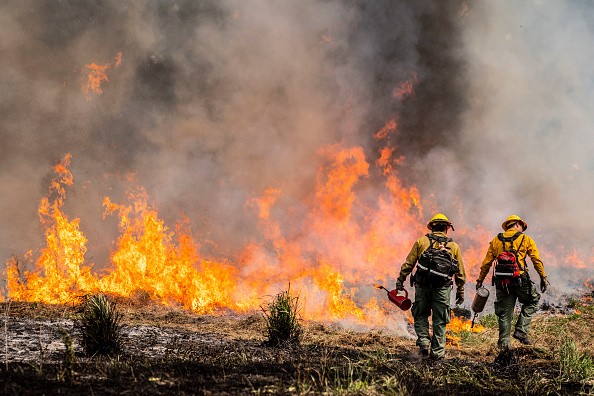
"It's sort of hard to say when and where we're going to capture this as long as it's this hot and we have these low humidities," Lisa Cox, information officer for the Beckwourth Complex fires, said.
As flames tore through timber stands, fire personnel saw flare-ups in clusters of trees and spot fires sparked by far-flung embers, she added.
When such intensity is paired with hot, dry, and unstable circumstances, a thunderstorm cloud can form, as the fire did on Friday afternoon, when the incident meteorologist saw cloud-to-cloud lightning.
Pyrocumulonimbus Clouds
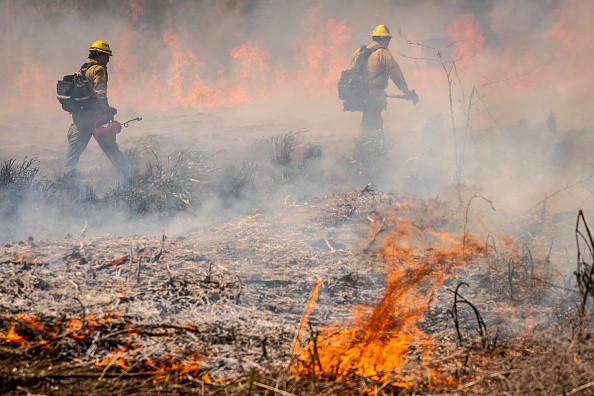
Pyrocumulonimbus clouds, which may produce erratic, ember-spitting winds in addition to lightning, can help the fire spread even quicker.
Pyrocumulonimbus clouds and pyrocumulus clouds, which are similar but do not generate thunderstorms, tend to rise in the afternoon when it is the warmest and can pose an extra threat as they descend as temperatures cool.
Related Article : Severe Drought Worsens Wildfires All Over the US
Firefighting
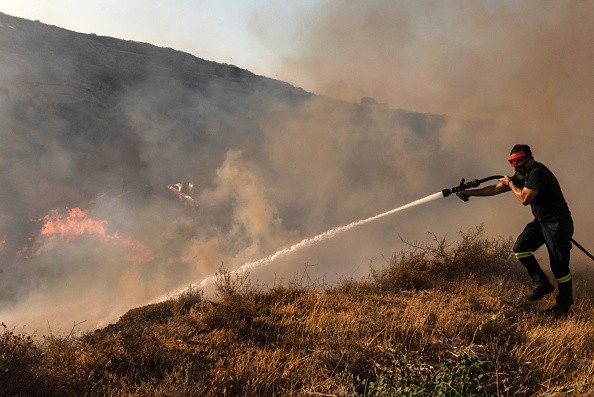
On the southern edge, crews were performing more direct firefighting, digging a line around the fire with equipment and by hand, she added.
She said firefighters were being dispatched ahead of the fire to scout other contingency locations where the fire may be contained.
According to Cox, some 1,256 people were fighting the fire, which included a strong airstrike. Nonetheless, the severity of this year's fire season - California has already burned more than twice as many acres as this time last year - was placing a strain on resources.
Extreme Heat
Over the weekend, dangerous temperatures were anticipated to remain, with the National Weather Service issuing an extreme heat warning that will last until Monday.
According to Dawn Johnson, a meteorologist with the National Weather Service in Reno, temperatures in the lower valleys around the fire were expected to range from 100 to 106 degrees.
According to Johnson, the heat is caused by a massive region of high pressure concentrated over California, Nevada, and Arizona, which generates an effect comparable to the heat dome that caused record-breaking temperatures in the Pacific Northwest last month.
Meanwhile, daytime humidity has been hovering between 8% and 12%, rising to just 25% to 30% overnight, and overnight temperatures have been higher than normal, all of which have hampered firefighting efforts, according to Johnson.
According to Cox, because the air is so dry, some of the water and retardant sprayed on the Sugar fire by planes is evaporating before it reaches the ground.
On Tuesday, four days after it erupted, the fire was 70 percent controlled at 490 acres. However, it had expanded nearly fivefold to 2,365 acres by Wednesday morning, and containment had plummeted to 28 percent.
Worsening Fire Activities
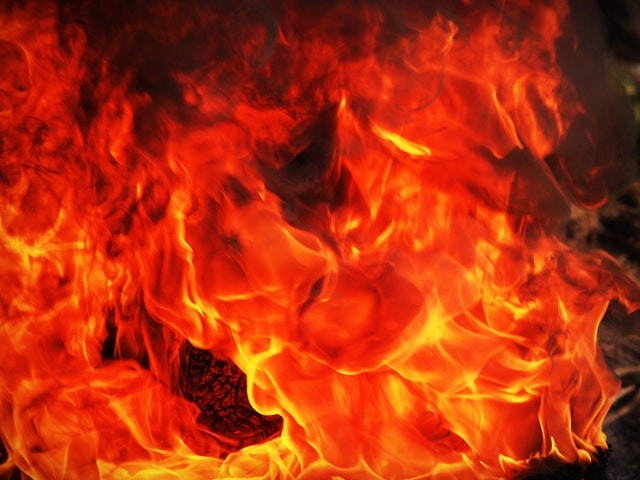
Officials blamed the rise in fire activity on the heat, which began to worsen midweek and cooked drought-stressed vegetation, even more, fostering the creation of the massive smoke cloud that aided the fire's spread.
Winds also coincided with the structure of the canyons, she added, allowing the fire to spread farther.
There was no news on whether the fire had caused any damage to the structures. Damage assessment teams were on their way, but Cox said they hadn't been able to perform a review yet.
The fire was posing a threat to high-voltage power lines, significant fiber-optic cables, and two Union Pacific rail lines.
According to Union Pacific spokesperson Kristen South, one train line, or subdivision, was shut down after fires destroyed a bridge. She said that Union Pacific water cars were still spraying structures in the neighborhood on Saturday.
As of Saturday morning, the fire was less than two miles from US 395. Firefighters were attempting to keep it west of the roadway, but it could be seen from the other side. Nonetheless, because the terrain is flatter and the fuels are lighter in that region, Cox believes firefighters will gain the upper hand.
According to Cox, authorities were concerned about severe fire behavior, particularly long-range spotting, which may lead to the spread of new flames. They advised the public to pay attention to local law enforcement notifications and be prepared to evacuate because of unpredictability.
For more environmental news, don't forget to follow Nature World News!
© 2025 NatureWorldNews.com All rights reserved. Do not reproduce without permission.





